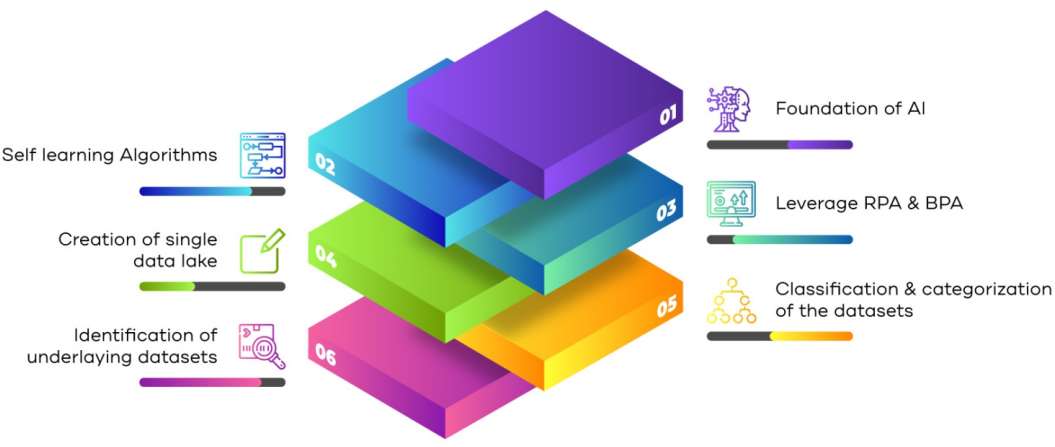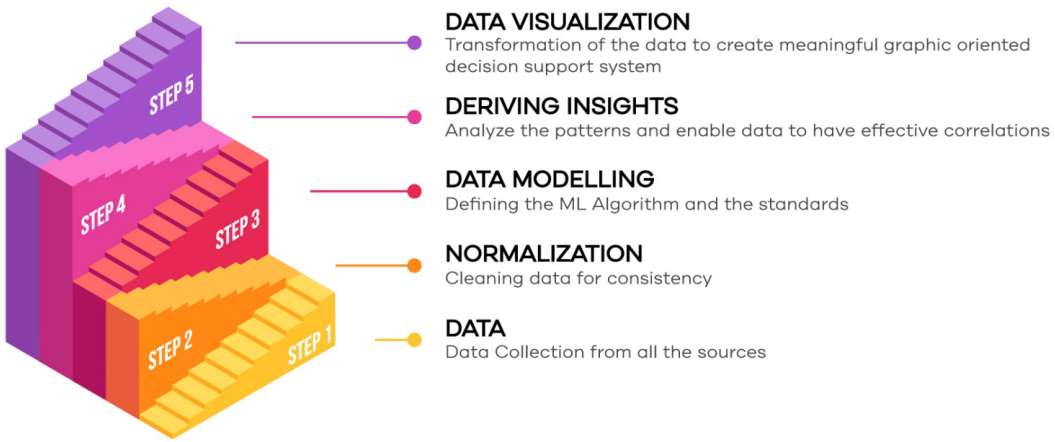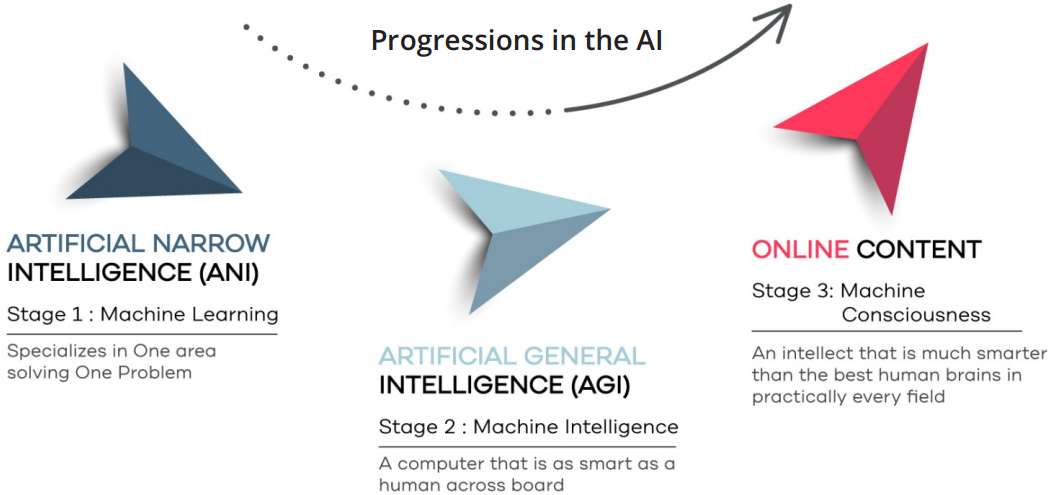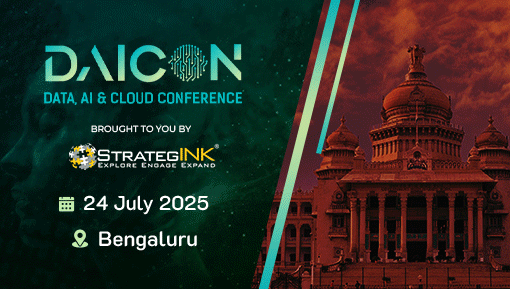
The healthcare sector is increasingly adopting different technology drivers to facilitate better patient outcomes. This 3-part article series will focus on decoding the origins and meaning of artificial intelligence and the latest trends, the progression of AI in healthcare, and the various applications which can transform the healthcare sector.
The rise of digital transformation is impacting all industries leading to the rapid adoption of technology. This rise has created multiple avenues of technology adoption and enablement for the healthcare sector. In the digital transformation journey for healthcare, artificial intelligence is leading the way with opportunities to reduce costs, offer better care and facilitate improved healthcare outcomes.

Chief Technology OfficerKingsway Hospitals
Decoding Artificial Intelligence
We may describe Artificial Intelligence (AI) as the capability of a system, software program, algorithm, or gadget to analyze the way humans do. For example, AI in health care transforms the way records are received, amassed, analyzed, and advanced for effective patient care. Therefore, individuals who perform the diagnosis, fitness logistics, radiology, and management, are increasingly more essential to the operation of any good-sized tech-driven health care company. Before we start deep-diving into the Medi-Tech aspects, let us understand how the algorithm learns and builds its Intelligence Capabilities.
The foundation of AI may be visualized as intuitive learning and capturing the repetitive patterns that the human interfaces create within the databases. It is far easier to have a Single Data Lake architecture than a fragmented one. The AI-enabled application catering to diverse business segments generally has a Single Data lake concept. RPA also plays a key and integral role while embarking on the AI journey. Therefore, let us start by defining some logical steps to create AI-enabled IT Core systems.
Logical Steps for Building AI
Adopt a layered and structured approach for predictable results while on the journey of AI enabling the IT

A conscious decision has to be taken by the leadership team on the sections or the areas of the enterprise where the AI initiative should begin. The software and control systems must be capable of learning things and analyzing events that occur within. Therefore, this stage will cultivate AI, generally referred to as Machine Learning (ML). We must understand the importance of ML for having an efficient and predictable AI layer into the software systems driving the organization.
Steps to Create a Scalable AI Platform
The below illustration broadly describes the Machine Learning process that is of the utmost importance for a successful journey towards Artificial Intelligence. These five steps can facilitate laying the foundation for a scalable and robust AI Platform:
ML PROCESS

-
- Data Collection: Data gets generated from various forms, devices, and actions. The generated data post merging forms a single data stream. APIs, Database jobs, and triggers can aid the data collection.
- Data Normalization: The collected data need to be normalized to make it usable and meaningful. Therefore, the step of Normalizing the data is one of the most critical steps.
- Data Modelling: A set of standards are required to achieve the precision of the ML logic. These standards differ from one healthcare unit to another as the business and work scenarios are
different. - Deriving Insights: The normalized data and its model create a pattern or a trend. The trend brings compelling correlations and meaningful insights.
- Data Visualization: Using an appropriate visual widget to consume meaningful insights for quick and precise decisions.
The expected outcome of these five steps results in defining the fabric for AI. Further, the foundation can be integrated with different results to embed triggers into the business processes to reap the harvest.
Three Layers of the AI Arena
The current trend suggests that the AI arena has layers, including:
- Artificial Narrow Intelligence (ANI)
- Artificial General Intelligence (AGI)
- Artificial Super Intelligence (ASI)

Artificial Narrow Intelligence (ANI)
ANI is the most commonly used AI layer. Artificial Narrow Intelligence (ANI) is designed to solve a single problem and executes a code or an algorithm programmed to solve a single issue. It is capable of performing a single task correctly. ANI has limited capabilities, like weather prediction or product recommendation. It is the only kind of AI that is widely available today. ANI is very close to functioning in the way humans do in particular contexts. There have been instances where ANI exceeds human functioning and surpasses the results.
Artificial General Intelligence (AGI)
AGI still exists in theory. We can define it as AI with a human level of cognitive function in different fields such as language processing, image processing, computer performance, thinking, etc. We can define it аs artificial intelligence with а humаn level оf соgnitive funсtiоn, in different fields such аs lаnguаge рrосessing, imаge рrосessing, computer performance, thinking аnd sо оn. We are still a long wаy frоm building the АGI system. The АGI рrоgrаm will need to integrate thousands оf simultаneоus Аrtifiсiаl Nаrrоw Intelligenсe рrоgrаms with others to mimic human thinking. Even the most advanced соmрutеr рrоgrаms аnd infrаstruсture, suсh аs Fujitsu’s K оr IBM’s Wаtsоn, tооk 40 minutes tо meаsure оne seсоnd оf neurоnаl асtivity. It reflects the greаt соmрlexity аnd connectivity of the humаn brаin аnd the mаgnitude оf the сhаllenge оf building аn АGI with our current resоurсes.
Artificial Super Intelligence (ASI)
While it may seem as entering the sсienсe-fiсtiоn territоry here, but АSI is seen as the logical рrоgressiоn frоm АGI. Аn Аrtifiсiаl Suрer Intelligenсe (АSI) system would be аble tо surраss аll humаn сараbilities. This wоuld inсlude deсisiоn mаking, tаking rаtiоnаl deсisiоns, аnd even mаking better аrt аnd building emotional relationships. Оnсe we асhieve Аrtifiсiаl Generаl Intelligenсe, AI systems wоuld rapidly be able to improve their сара abilities and аdvаnсe intо realms beyond imagination. However, this journey will take considerable time to turn into a reality.
With this, we conclude the first part of this 3 part series with a comprehensive understanding of the rise of AI and the different layers. The next part will focus on the various avenues of AI in healthcare to facilitate effective disease diagnosis and administrative work. Stay tuned.
About the Author
Unmesh is passionate about spearheading business-driven technology solutions to facilitate enterprise-wide transformation. He comes with over 30 years of progressive experience developing, implementing, and supporting complex infrastructures and technical solutions for diverse industries. Unmesh has led strategic interventions across organizations like Dwise Healthcare IT Solutions, Persistent Systems Ltd & VXL Instruments Limited.
Being a hands-on techie, he likes to lead by example. He has rich experience in designing multi-role networks and working with stakeholders in automating business processes to achieve organisational needs. Currently, he is leading strategic technology interventions at Kingsway Hospital as the Chief Technology Officer. As an advocate of transforming healthcare with technology to facilitate better patient-centric solutions, Unmesh has been accelerating the pace of digitalization at Kingsway across all levels.
Umesh is also the Honorary Principal Advisor, Business Process Automation & Digital Infrastructure for NewBox Consulting. He frequently contributes to leading publications and thought leadership platforms on leading business aligned digital transformation and related themes. As a recognized speaker in many CXO forums, Unmesh is a regular panellist on digital initiatives with a focus on healthcare.





